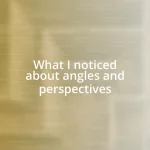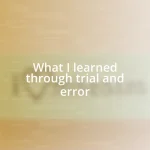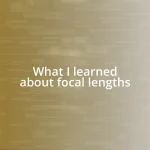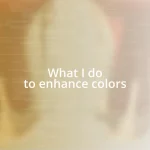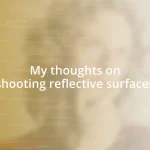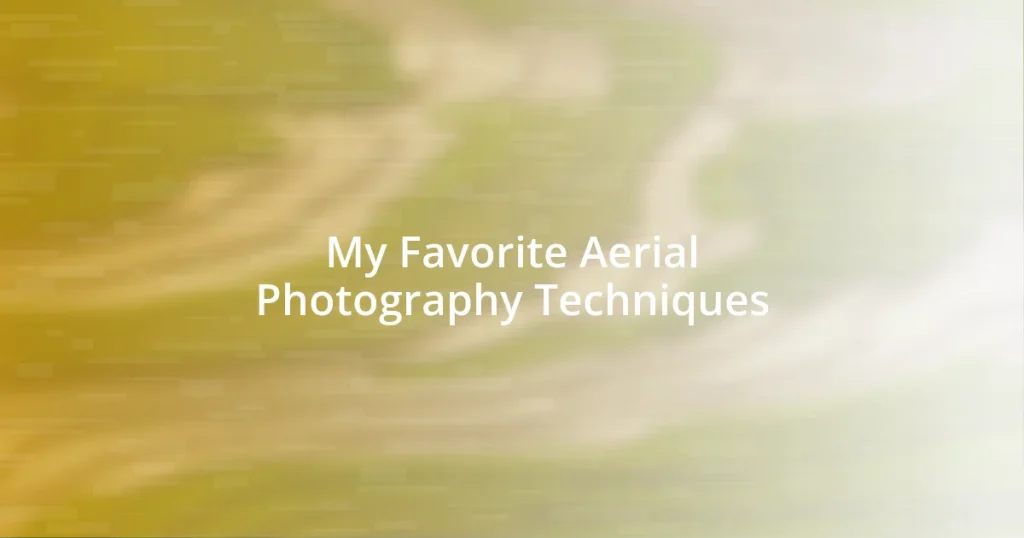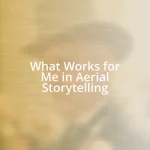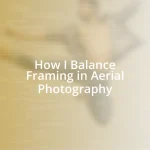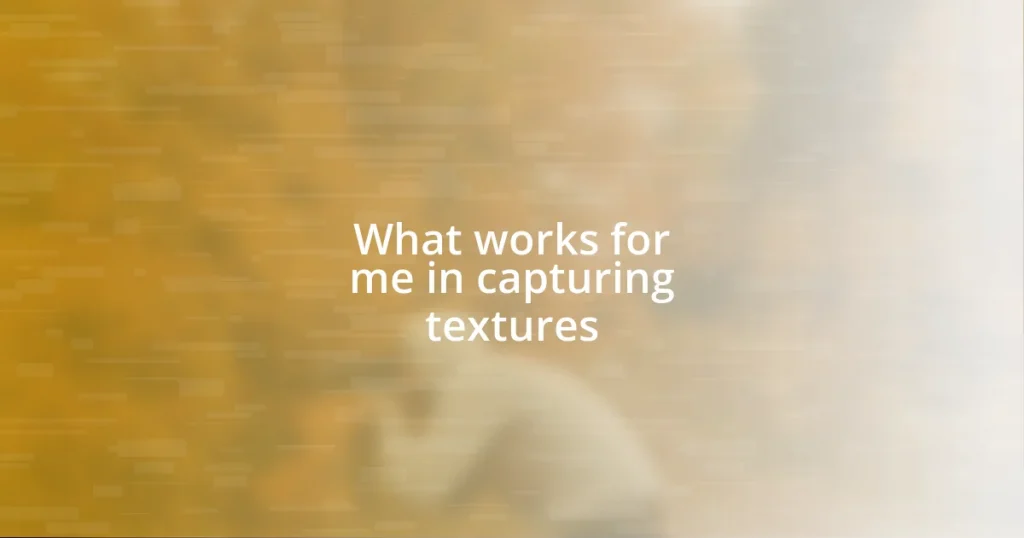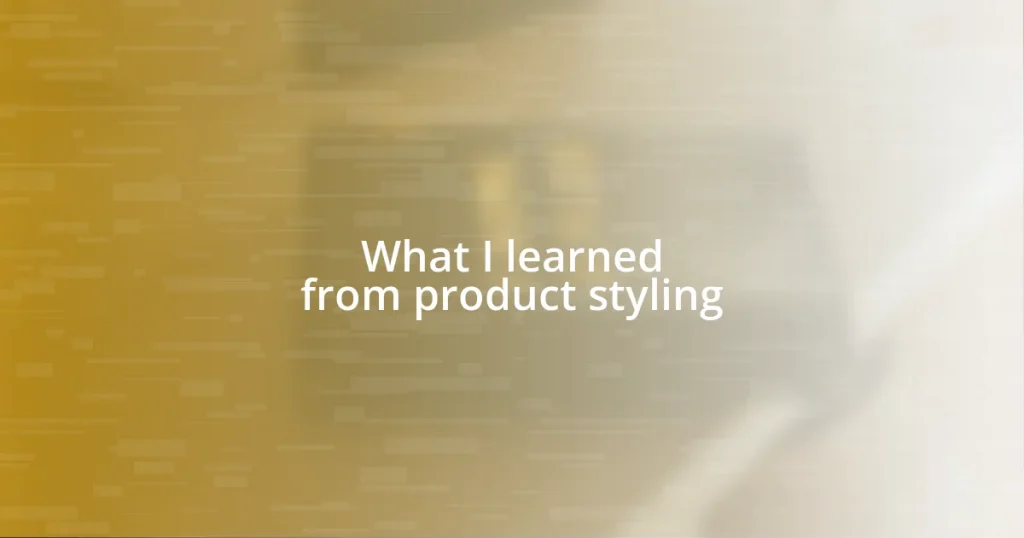Key takeaways:
- Composition is essential in aerial photography; techniques like the rule of thirds and leading lines enhance visual appeal and viewer engagement.
- Incorporating elements for scale aids in portraying the grandeur of landscapes, inviting deeper connections with the scenes captured.
- Post-processing is crucial for refining images; subtle adjustments in saturation, cropping, and managing shadows and highlights can transform photos from ordinary to stunning.

Introduction to Aerial Photography Techniques
Aerial photography is an exhilarating blend of art and technology that captures the world from breathtaking perspectives. I still remember the first time I flew a drone over a lush valley; the feeling was euphoric as I witnessed the landscape transform into a canvas filled with colors and patterns I had never noticed before. Isn’t it fascinating how something so simple can completely change our perception of reality?
As I delved deeper into aerial photography techniques, I discovered that composition becomes a crucial element when shooting from above. Utilizing the rule of thirds can dramatically enhance the appeal of your photos, bringing balance and harmony. Have you ever found yourself captivated by an image where lines draw your eye on a journey through the frame? That’s the magic of thoughtful composition at play.
Exploring different techniques like long exposure, time-lapse, or even 360-degree panoramas opens a new world of possibilities. Each method can evoke a unique emotion or experience, making the journey of discovery itself just as thrilling as the final shot. What techniques have you experimented with, and how did they change the way you see your surroundings? I think that’s where the true beauty of aerial photography lies—it’s not just about the images but the stories they tell.

Mastering Composition in Aerial Photography
Mastering composition in aerial photography fundamentally transforms the viewer’s experience. I’ll never forget the time I captured a stunning sunset over the ocean. By positioning the horizon one-third of the way up the frame, I allowed the vibrant orange sky to dominate the image, creating an emotional resonance that took my breath away. It’s moments like these that highlight how thoughtful placement can turn an ordinary photograph into an extraordinary piece of art.
One technique that I highly recommend is utilizing leading lines to guide the viewer’s eye through your images. While flying over a winding river, I noticed how the curves naturally drew attention towards the horizon. This interplay between the landscape’s shapes and the composition not only added depth but also invited viewers to explore the photograph further. Have you ever experienced that sense of invitation in an image? It’s an interaction that can evoke a deeper connection between the viewer and the scene captured.
Lastly, having a keen sense of scale is critical in aerial photography. Throughout my experiences, I’ve learned that integrating elements like people, cars, or buildings can provide context and emphasize the vastness of a scene. I recall hovering over a sweeping mountain range, including a tiny hiker in the frame. This not only portrayed the grandeur of nature but also made the viewer reflect on their own adventures. Isn’t it remarkable how a simple adjustment can shift the narrative of an entire photograph?
| Technique | Description |
|---|---|
| Rule of Thirds | Dividing the frame into thirds to create balanced and engaging compositions. |
| Leading Lines | Using natural lines in the landscape to guide the viewer’s eye through the image. |
| Sense of Scale | Including elements for context, enhancing the perception of size and grandeur in your shots. |
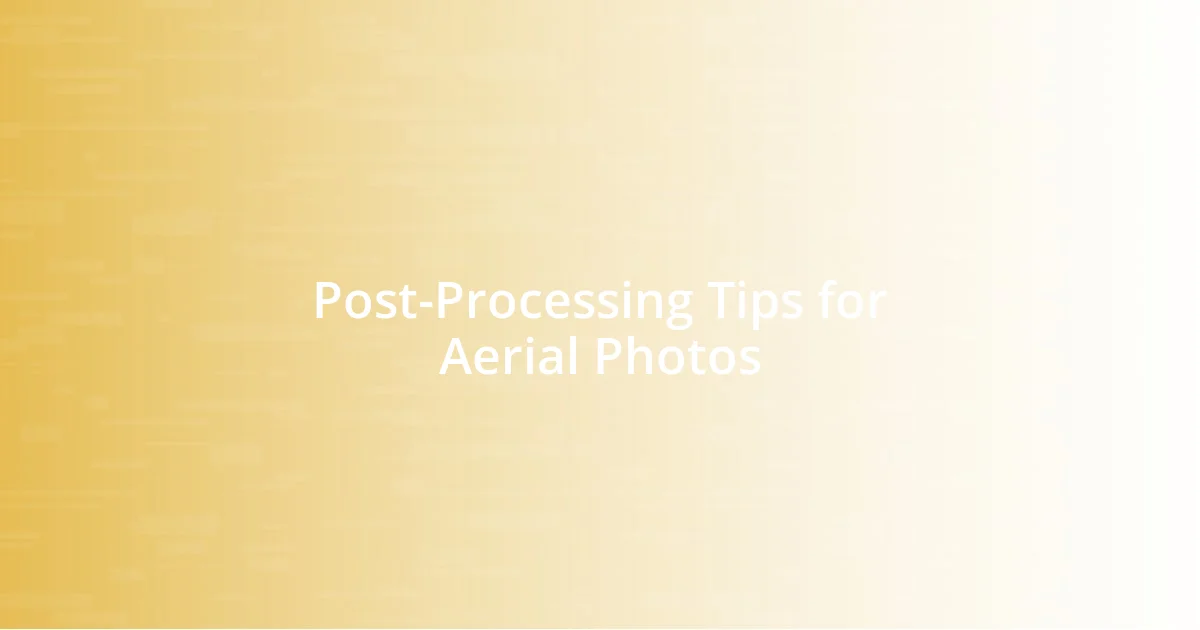
Post-Processing Tips for Aerial Photos
Post-processing is where the magic truly happens in aerial photography. After a breathtaking flight over a dramatic landscape, I often find myself sifting through hundreds of images. One key tip I’ve learned is to start with minimal adjustments and gradually build up. I remember the first time I overcooked the saturation on a vibrant sunset shot—it ended up looking artificial and gaudy. Trust me, subtle enhancements can make your photos pop without losing that natural feel.
I also encourage experimenting with perspective adjustments during editing. Once, while post-processing a shot of rolling hills, I noticed a crop option that would shift the horizon line. This tweak transformed the image from a mundane snapshot into a captivating piece where the viewer’s gaze was drawn across the undulating terrain. Have you ever considered how cropping could enhance or distract from your composition? The answer often lies in a few well-placed clicks.
Finally, always pay attention to your shadows and highlights. I vividly recall editing an aerial shot taken near a coastline, where the interplay of light and shadow created dramatic effects. By carefully adjusting these elements, you can add depth and dimension, making your photographs feel more dynamic and alive. So, the next time you sit down to edit, ask yourself—how can I elevate this image to truly reflect the stunning beauty I saw through my lens? Embrace that curiosity and let it guide your creative journey.



